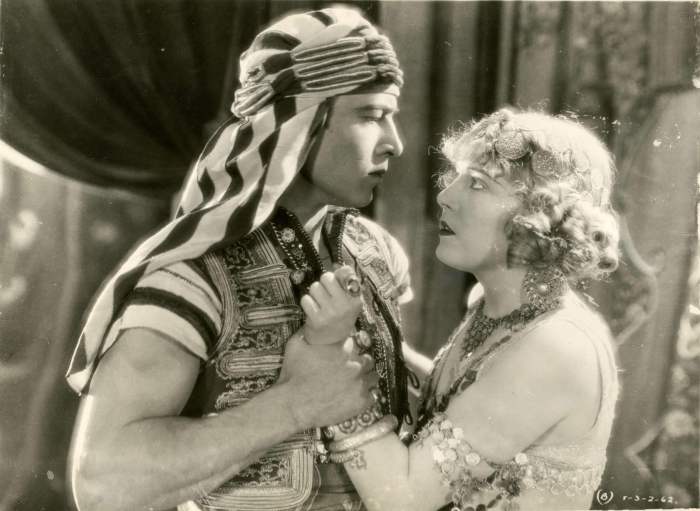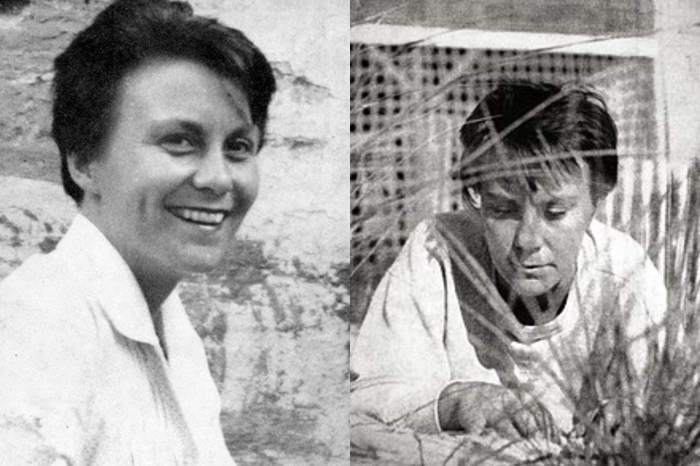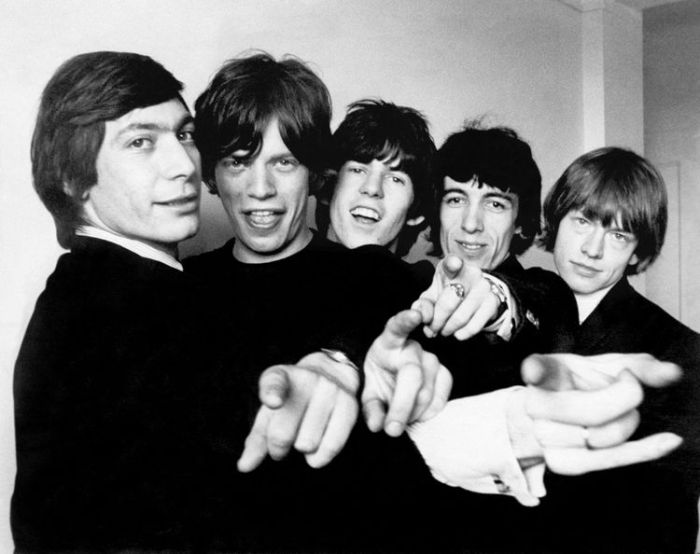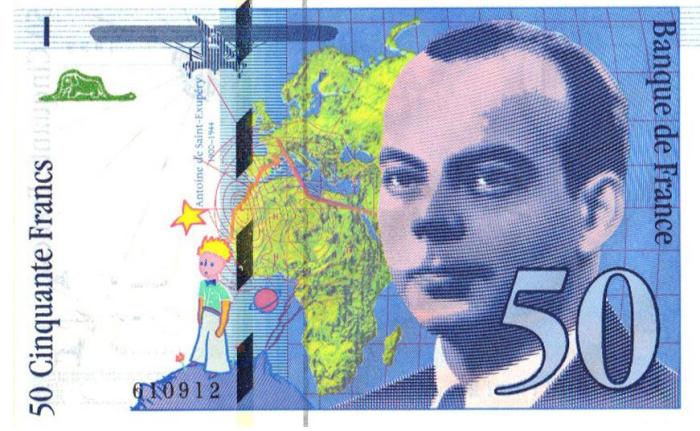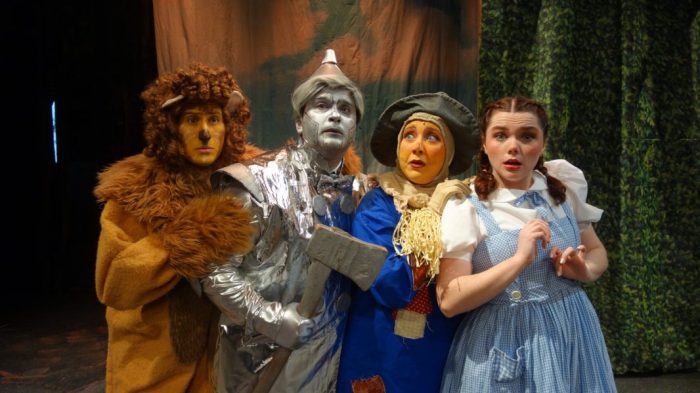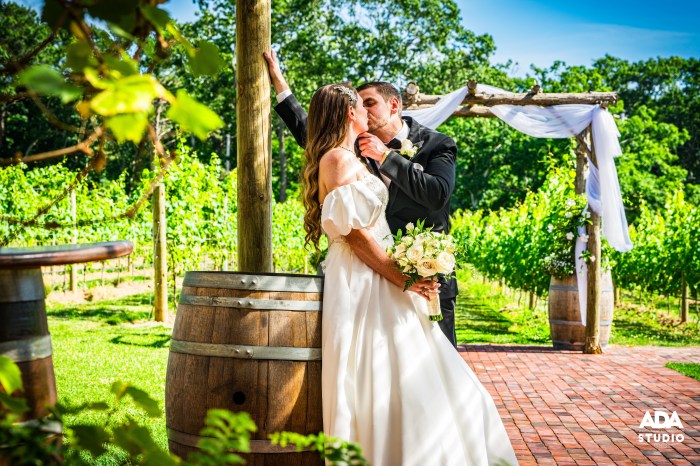Long Island has been home to some extremely influential women in history. In honor of Women’s History Month, here are seven women with Long Island ties who made their mark.
IRENE CORWIN DAVISON: WAGON-RIDING ACTIVIST
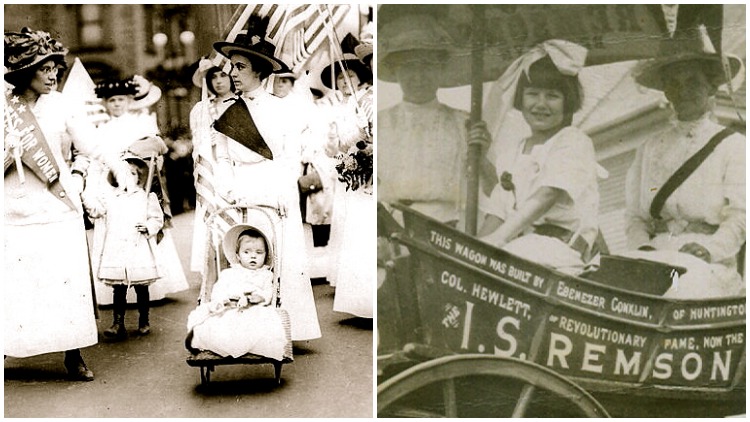
Irene Corwin Davison was a women and children’s advocate through and through. In the late 19th and early 20th century, she fought alongside fellow suffragists for a woman’s right to vote in the United States, as well as for improved working conditions for women and children and better social services.
Davison wore many hats — notably, she was one of the first women to start her own insurance agency. Well-read, she also taught art at Jericho school and helped a group of women build a new library in East Rockaway.
Most famously, Davison held large rallies in support of women’s suffrage. She traveled across Long Island in a horse-and-wagon, a large banner draped over the wagon that said “Votes for Women.” She’d make speeches along the way and stopped to collect signatures from voters who supported women’s right to vote in places such as Sayville.
She and many other women’s decades of activism led to women gaining the right to vote in 1920. Eventually, Davison became president of the South Side Political Equality League of Lynbrook and East Rockaway. She died in 1948 and was buried in Rockville Cemetery in Lynbrook.
GERALDINE ANNE FERRARO: FIRST WOMAN VP CANDIDATE
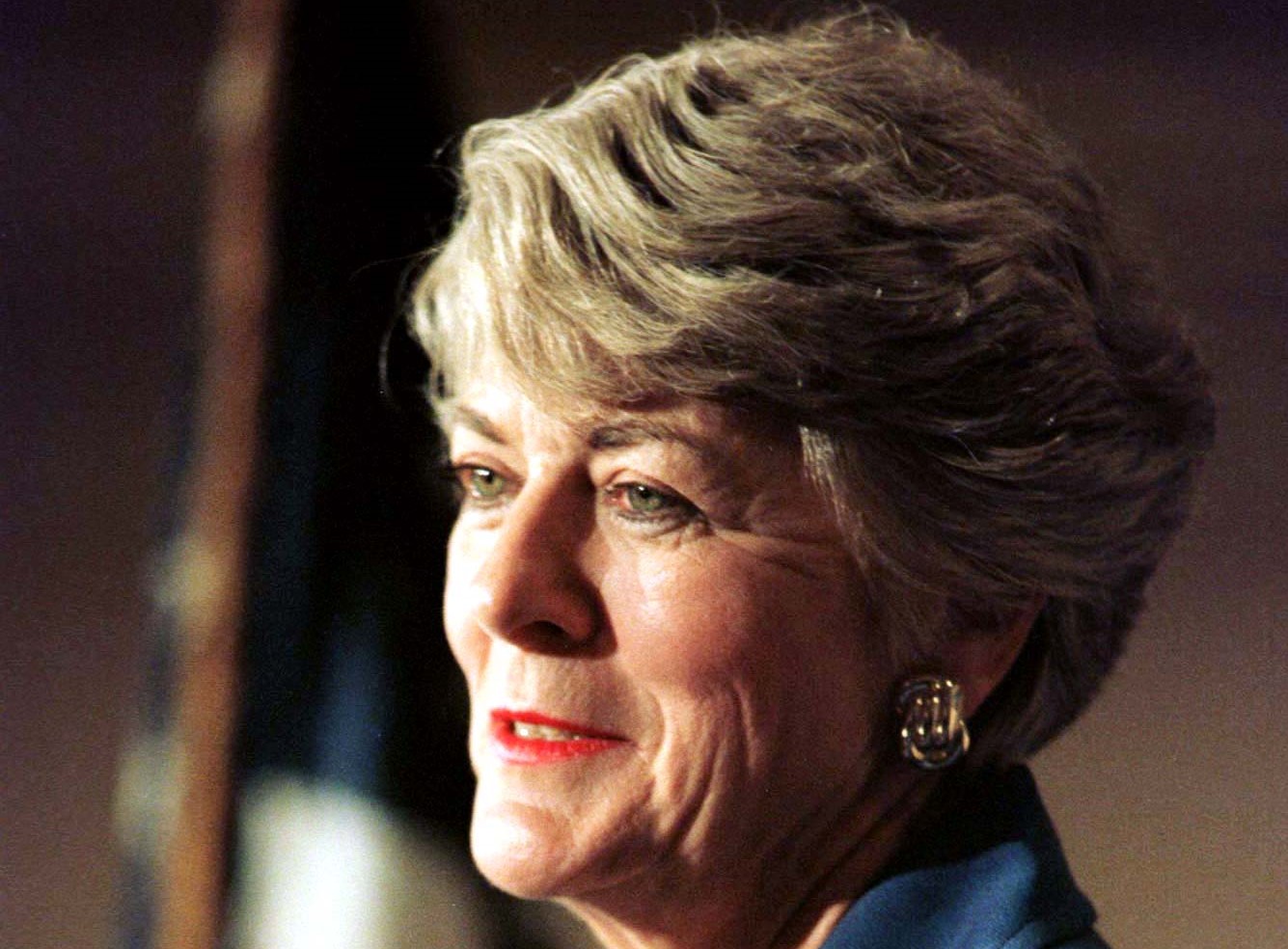
In January, Kamala Harris became the United States’ first woman vice president. However, there were two women candidates for VP before her: Sarah Palin in 2008 and Geraldine Anne Ferraro in 1984.
Ferraro spent time with her family in Fire Island while her husband, John Zaccaro, worked part-time as a real estate broker. She earned a law degree in 1960 and worked in the Queens district attorney’s office, but soon left citing unequal pay there.
She went into politics instead and became the first Congresswoman from Queens. Democratic presidential candidate Walter Mondale chose her as his running mate, but the pair lost the race to incumbent Republican President Ronald Reagan and Vice President George H.W. Bush.
Ferraro then made two Senate bids but lost both, and then served as a U.S.ambassador to the United Nations Human Rights Commission under Bill Clinton. She died of cancer in 2011 and her son, John Zaccaro Jr, became mayor of Saltaire, Fire Island, in 2016.
CLARA DRISCOLL: TIFFANY LAMP DESIGNER
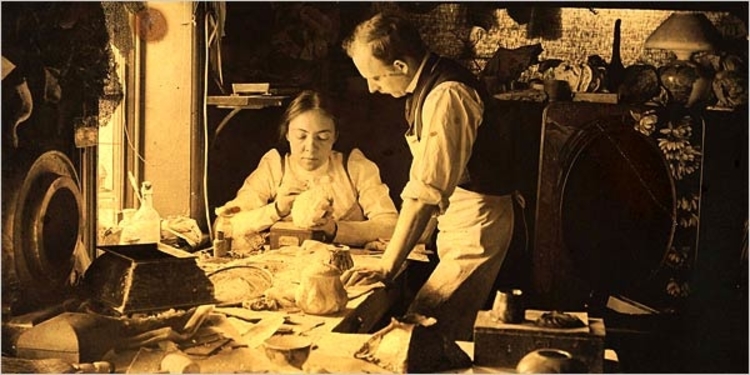
Glass artist Clara Driscoll was a lead designer who helped create the signature, stained glass Tiffany lamp. For many years in the late 19th to early 20th century, Driscoll worked in the Queens factory of Louis Comfort Tiffany, son of famed jeweler Charles Lewis Tiffany. There, Driscoll led the Women’s Glass Cutting Department, a group of 40 skilled women glass artists.
Driscoll’s role in creating some of the first lamps with stained glass bases and shades sometimes went unnoticed, as Tiffany would claim credit for the work. However, Driscoll was one of few artists that Tiffany invited to Laurelton Hall, his Laurel Hollow estate on Long Island. Driscoll drew inspiration from Laurelton Hall and designed stained glass windows for the mansion. Unfortunately, a fire destroyed the house and its windows in 1957.
DIAHANN CARROLL: GROUNDBREAKING ACTRESS

Diahann Carroll was the first African American woman to lead an American television series with her role in NBC’s Julia, which aired from 1968 to 1971. Before her fame as a TV mom, she was a singer, Broadway star, and advocate for breast cancer treatment and research — based out of her Fire Island home, where she said she felt most relaxed.
Carroll performed during the time of the Civil Rights Movement. She would receive anonymous death threats and face other racist backlash on film sets. In Julia, she played actor Mark Copage’s mother. The two stars became close, and Copage considered her a real mother figure. Carroll died in 2019 of breast cancer.
ALVA VANDERBILT BELMONT: POWERFUL SUFFRAGETTE
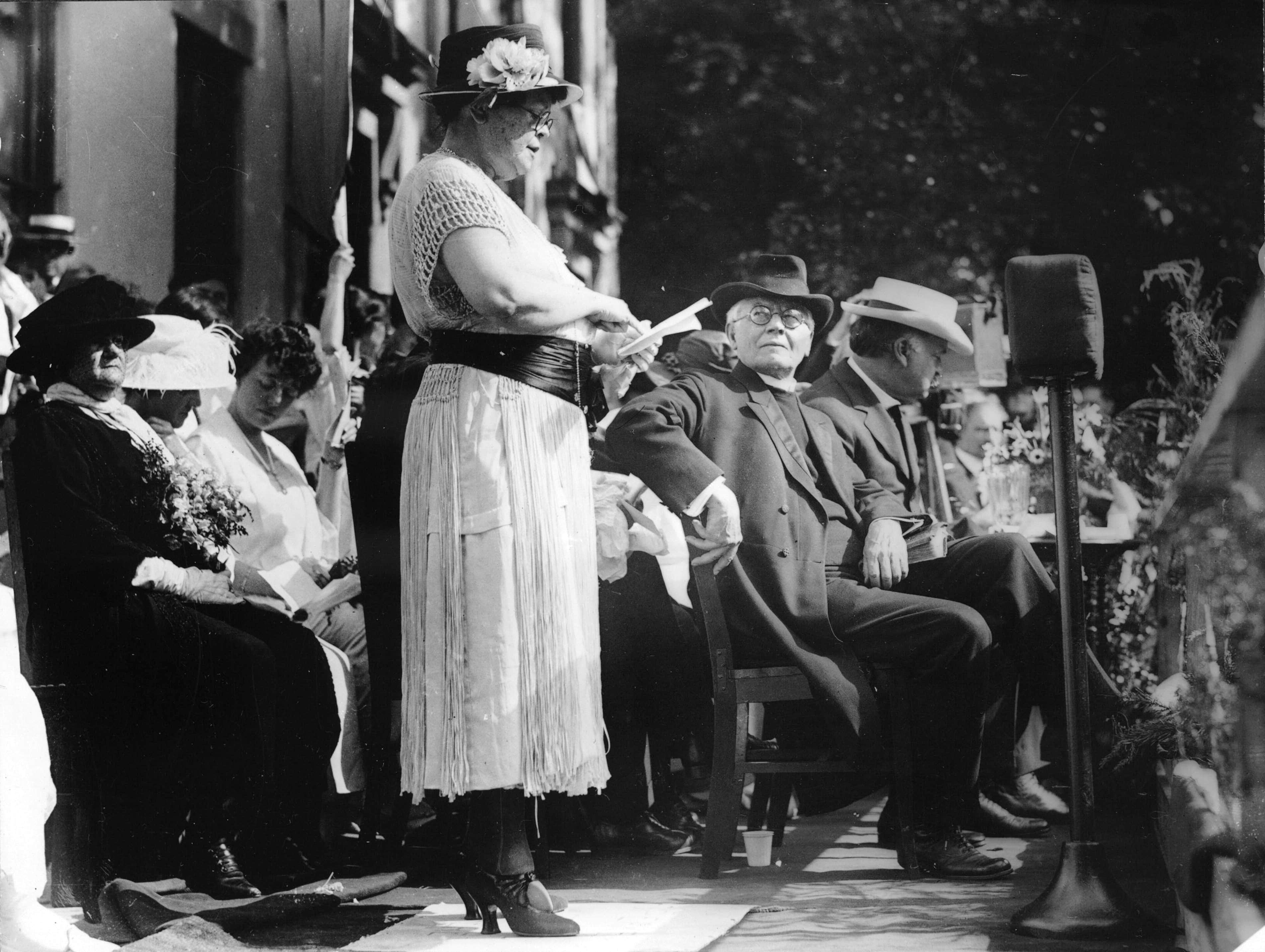
Women’s rights advocate Alva Vanderbilt Belmont and suffragette leader Alice Paul joined together in 1917 to form the National Woman’s Party (NWP) to fight for a woman’s right to vote.
Belmont was first married to William Kissam Vanderbilt, heir to the enormous Vanderbilt family fortune. She gained social status during their marriage, but eventually divorced him after learning of an affair. She then married Oliver Hazard Perry Belmont, who died in 1908. The two had built the Brookholt Mansion on 800 acres off Front Street in East Meadow.
A divorcee and widow, Belmont shifted her focus to her advocacy work for women, founding the NWP and becoming its primary financial donor.
FRANCES BENJAMIN JOHNSTON: MASTER PHOTOGRAPHER
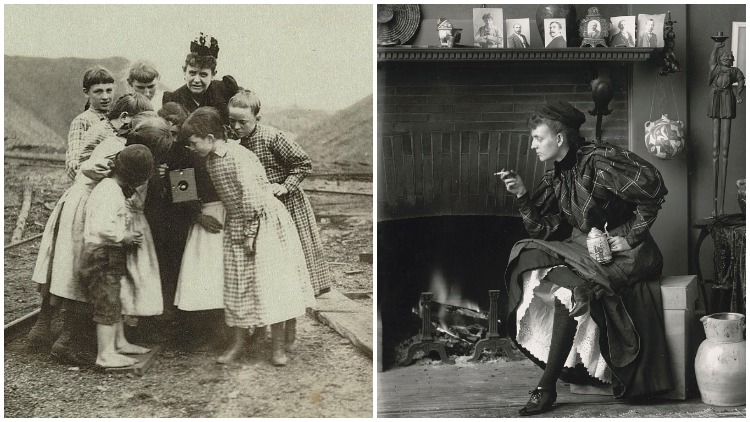
Photographer Frances Benjamin Johnston became the first woman to have her photographs displayed at the Library of Congress in 1930. Over six decades as a photojournalist and portrait, architecture, and landscape photographer, she focused on Long Island’s famous Gold Coast, South Shore, and East End estates.
Johnston photographed President Theodore Roosevelt and his family — after convincing him that he could trust cameras. She also took photos of Mrs. Grover Cleveland, which ran in the New York Times in 1897, and of suffrage activist Susan B. Anthony.
But that’s not all. Johnston captured self portraits dressed as a man. She also took photographs of Cold Spring Harbor’s Burrwood, Roslyn Harbor’s Willowmere, Glen Cove’s Pratt estates, East Hampton’s Grey Gardens, and others.
FRANCES HODGSON BURNETT: INSATIABLE WRITER
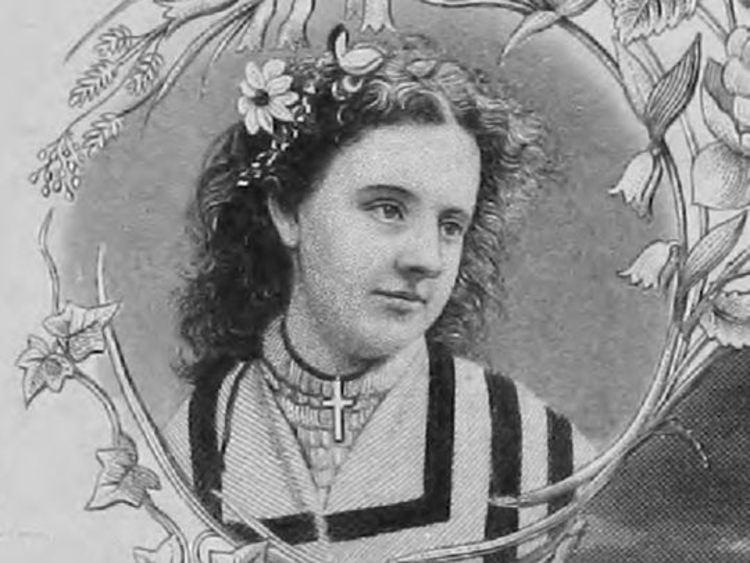
Writing stories filled Frances Hodgson Burnett’s days in the Plandome estate she built on the North Shore. By the time of her death in 1924, she had published 52 novels and 13 plays.
Though some knew of her through her scandalous marriages, divorces, and affairs, she made the most impact with a legal suit that she won, which transformed copyright law to reimburse writers with profits from plays based on their work.
Some of Burnett’s novels include That Lass o’ Lowrie’s (1877), Little Lord Fauntleroy (1886), A Little Princess (1905), and The Secret Garden (1910).
Sign up for Long Island Press’ email newsletters here. Sign up for home delivery of Long Island Press here. Sign up for discounts by becoming a Long Island Press community partner here.



